At Caliverse we believe calisthenics is one of the most effective and rewarding types of physical training. Although all of us perform various types of bodyweight movements every day, there are many myths surrounding calisthenics training. Today we’re going to dispel the biggest misconceptions, and explain why achieving your fitness goals is all about how you exercise and not your exact method of training.
“You need weights to build muscle’”. We hear this one a lot, despite gymnasts having some of the most impressive physiques in sports. They are also some of the strongest athletes, pound for pound, and they primarily train with their bodyweight.
So how do we gain muscle?
Whether lifting weights or training calisthenics, we need to use the principle of progressive overload. By consistently increasing the total workload we will stimulate muscle growth and strength gain. That is to say, we must continually challenge ourselves. Repeating the exact routine week after week will quickly become too easy, not to mention boring!
It’s easy to see how we apply this in weightlifting. We increase the weight, we increase the workload. In calisthenics, we have to manipulate the exercise to progress. The push-up is a fundamental movement in calisthenics, here’s an example of some progressions:
Push-Up Progressions
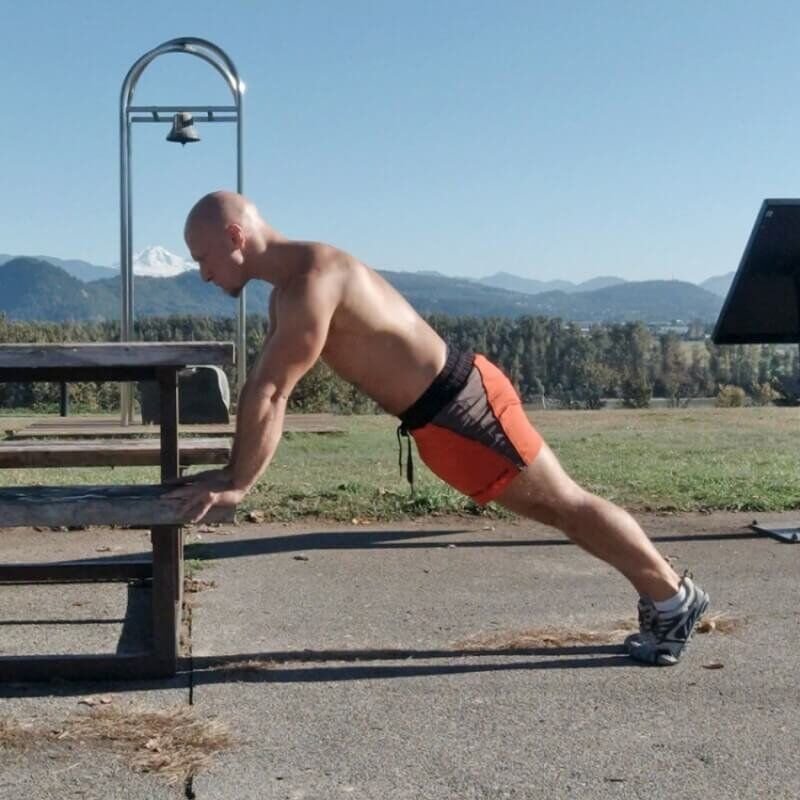
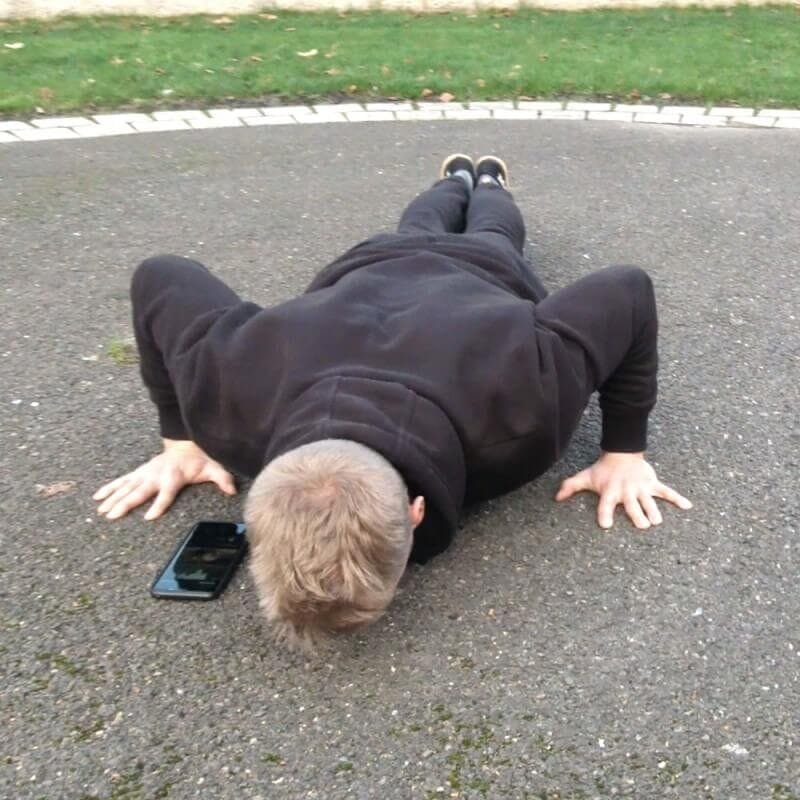

Now, how do we select the correct progression?
This point ties into another myth that tends to be associated with bodyweight exercise – more reps are always better! Often people training with bodyweight perform endless reps of push-ups and pull-ups, going to failure, and often form suffers because of that.
Let’s compare that to weightlifting. You don’t see people doing sets of 50+ reps on the bench press. That’s because the optimal range for muscular hypertrophy is 6-12 reps for 4-6 sets.
So to apply this, we must select a progression that challenges us within that range, while still allowing for the full range of motion and good form.
For example, if I can perform 20 push-ups quite easily, this progression is not going to be optimal for muscle growth. But if I elevate my feet, I can now hit only 10-12 reps, so that’s the progression I should select.
Remember the progressive overload principle. Each week try to increase your workload with an extra rep, or an extra set, progress the exercises as they become too easy, and you’ll enjoy the gains!
Of course, fuelling your training with the right nutrition is also just as important, but we won’t dive into that here. You can read our nutrition guide here to find out more information if you’re interested.
Next, let’s look at two misconceptions that seem to contradict each other. We have one camp which thinks bodyweight exercises are only for beginners and a second camp which believes calisthenics is ‘impossible’.
At one end of the extreme, we have people who dismiss push-ups and pull-ups as too easy or something which is only done as part of a warm-up.
On the other end of the extreme, we have human flags, handstand push-ups and planche, which can seem to be unachievable.
Calisthenics Difficulty – Too Easy Vs Too Hard?
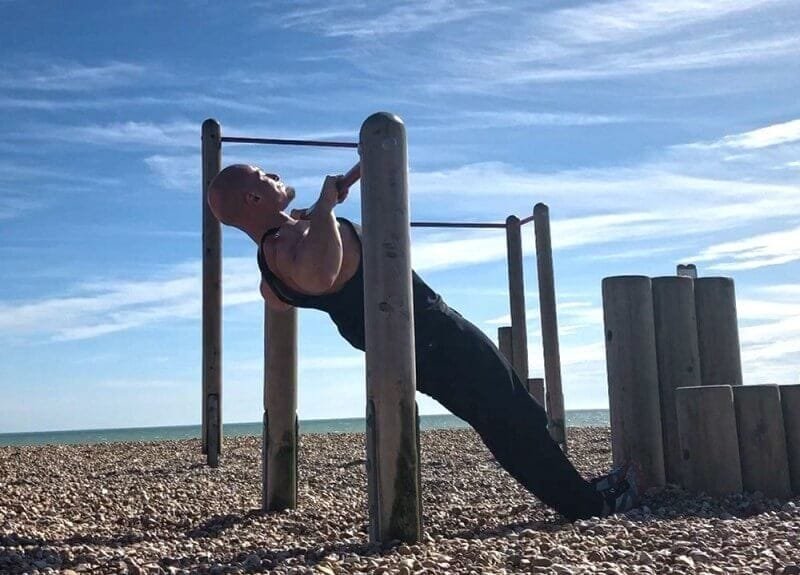
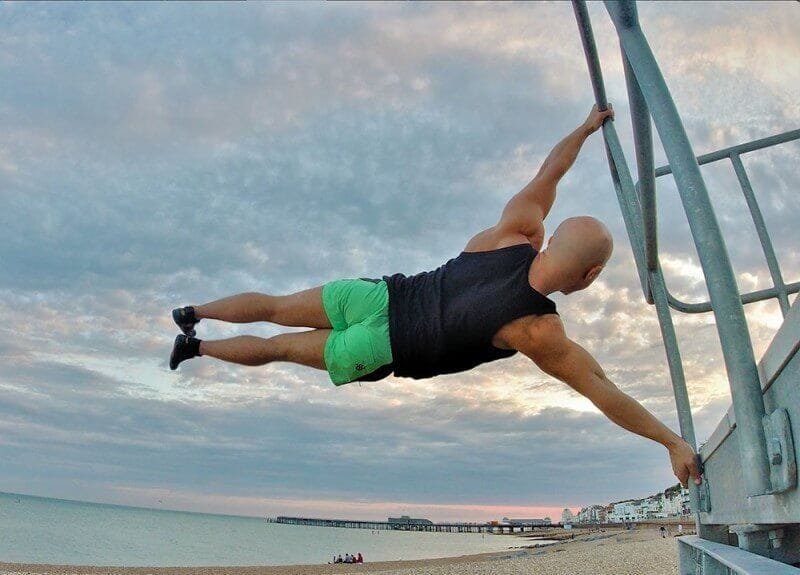
We can overcome these misconceptions by starting to understand the huge spectrum of movements which bridge the gap between beginner and impossible. That is where we find calisthenics training!
These movements (or exercises) we’re talking about are progressions (which we touched on earlier), and they really are the key to calisthenics! We break our movements down into pull, push, core, back & legs, incorporating each of these will create a balanced program.
Within these, we have skills, which can be broken down into easy to manage progressions. By spending time to master each of them, starting from our basics push-ups, planks, pull-ups etc, we will learn to move the body as a unit, to generate tension in the muscles, & create a strong foundation to build from. Whatever your experience level, whether you wish to build muscle, develop strength, or improve endurance, there is a bodyweight progression to suit your goal!
On top of this, one of the most rewarding parts of calisthenics training is unlocking skills! Whether it’s your first pull-up, muscle-up, handstand or human flag, there is always something to get you motivated & make your training enjoyable!
So while we should certainly begin with the basic push-ups and pull-ups, mastering them will take us beyond the level of beginner and set us on the journey to more advanced skills. It requires discipline and hard work, but there is a clear path to follow, and with each progression unlocked, we step closer to those superhuman skills that we all wish to achieve!
Train Anywhere, and Everywhere – No Gym Needed !
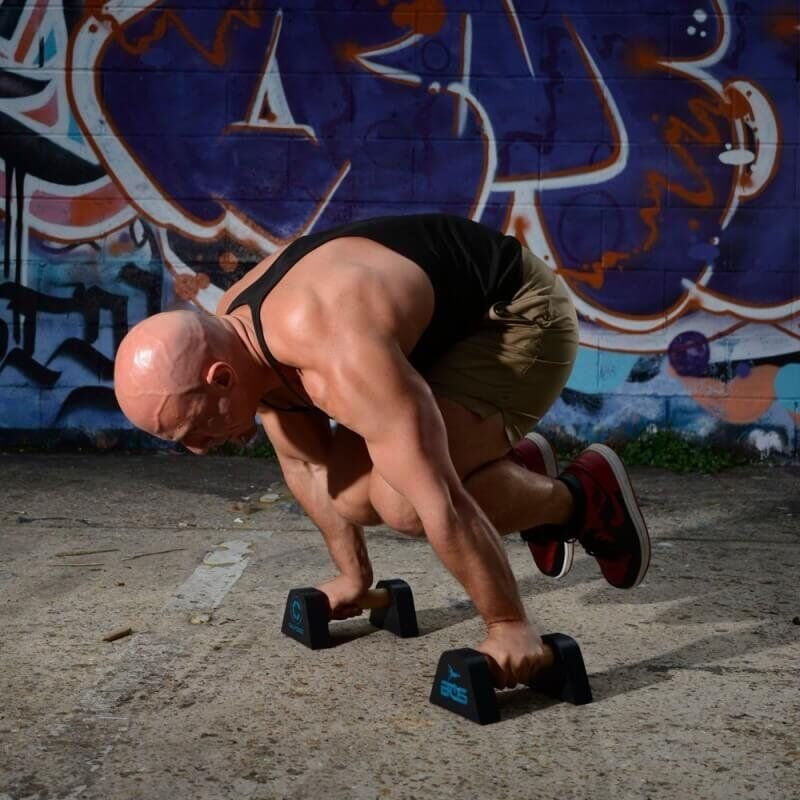
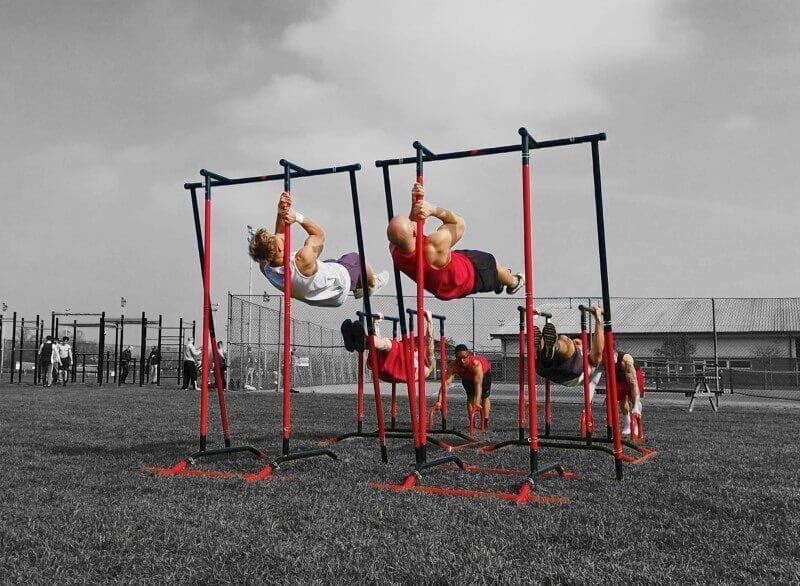

At Caliverse is on a mission to make Calisthenics available to everyone, & I hope this inspired you to start your bodyweight journey. We love to hear about your progress, your goals, and your suggestions. Remember, the world is your playground – we’ll see you in the Caliverse!

Founder of www.calisthenics-101.co.uk. Training calisthenics since 2012.
Currently working on: 30 second one-arm handstand, muscle-up 360, straddle planche.